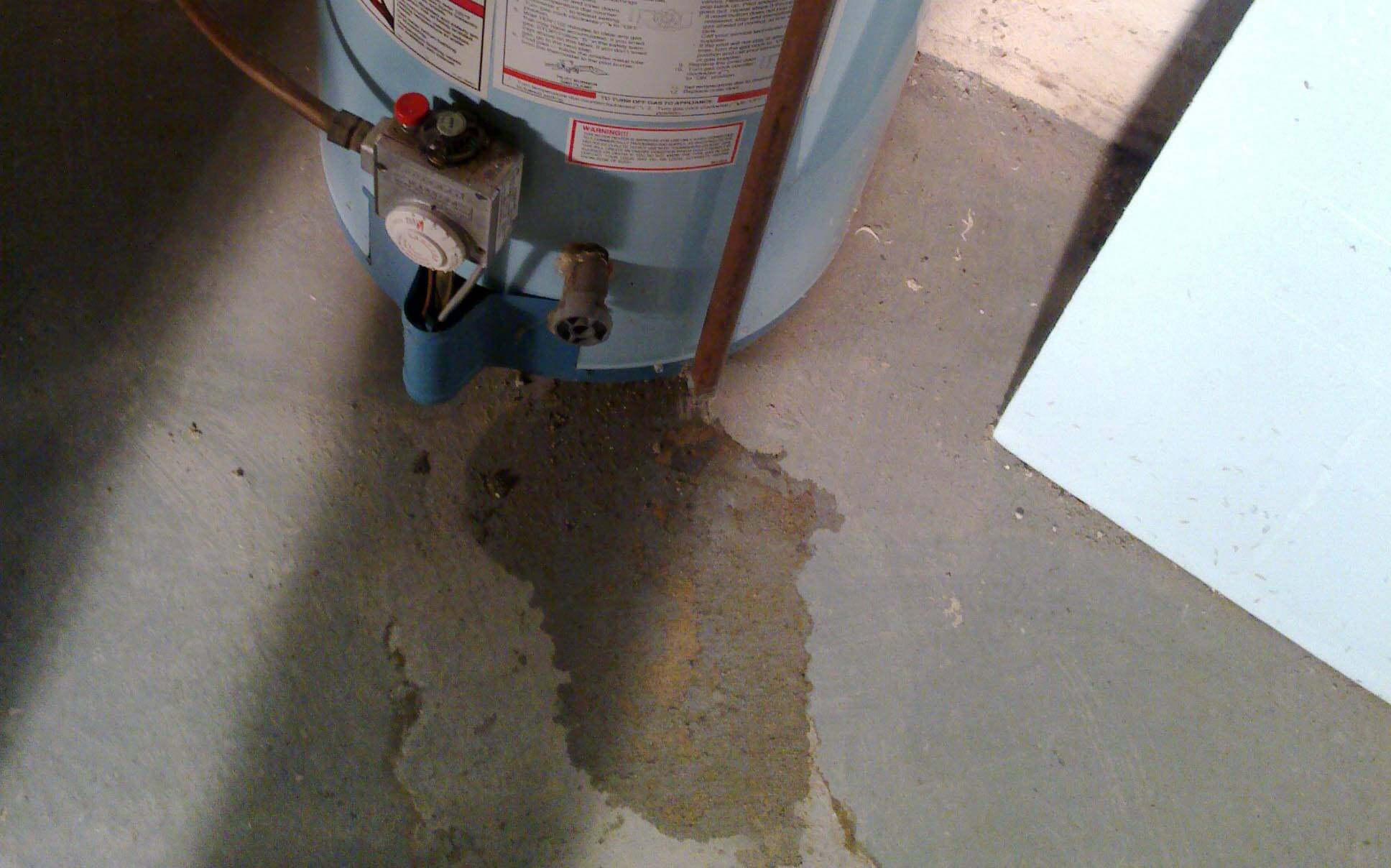Water leaking from the bottom of a water tank is typically caused by a crack or hole in the tank. This can occur due to corrosion, age, or physical damage.
Page Contents
Common Causes Of Water Tank Leakage
Water tank leakage is a common problem that can lead to serious issues if not addressed in time. One of the main causes of water leaking from the bottom of a water tank is cracks and damages. These can occur due to various reasons such as age, poor maintenance, or external factors like extreme weather conditions.
Another common cause of water tank leakage is faulty outlet valves. These valves are responsible for regulating the flow of water in and out of the tank. If they are not functioning properly, it can result in water leakage from the bottom of the tank.
| Causes of Water Tank Leakage | |
|---|---|
| Cracks and Damages | These can occur due to various reasons such as age, poor maintenance, or external factors like extreme weather conditions. |
| Faulty Outlet Valves | If they are not functioning properly, it can result in water leakage from the bottom of the tank. |
Signs Your Water Tank Might Be Leaking
One common sign of a leaking water tank is water pooling around its base, indicating a potential leak. This issue may result from corrosion, cracks, or loose fittings at the bottom of the tank. Regular inspection and prompt repairs can help prevent water wastage and damage to the surrounding area.
| Signs Your Water Tank Might Be Leaking |
|---|
| If you notice unexpected water puddles around your water tank, it might be a sign that it is leaking from the bottom. Another sign is an unusual increase in your water bill, which could indicate that your tank is wasting water due to leakage. Water leaking from the bottom of the tank can be caused by various reasons, such as damaged or corroded tank walls, loose fittings, or worn-out valves. Ignoring these signs can lead to bigger problems, such as mold growth, structural damage, and higher utility bills. Therefore, it is essential to get your water tank inspected by a professional plumber as soon as you notice any of these signs to prevent further damage and costly repairs. |
Impact Of Leaking Water Tanks
Water leaking from the bottom of a water tank can have significant impacts, including both structural damage risks and potential health hazards. Structural damage risks arise from the continuous exposure of water to the surrounding areas, leading to weakened foundations, damp walls, and potential mold growth. These issues can compromise the integrity of the building and require costly repairs.
Additionally, leaking water tanks can create potential health hazards. The stagnant water provides an ideal breeding ground for bacteria and other microorganisms, which can contaminate the water supply and pose health risks to individuals consuming it. Furthermore, the damp environment can contribute to the growth of mold and mildew, which can trigger respiratory problems and allergies.
It is crucial to address water leaks promptly to mitigate these risks. Regular inspection and maintenance of water tanks can help identify and fix any issues before they cause extensive damage or health concerns.

Credit: m.youtube.com
Preventive Measures To Avoid Leaks
Regular maintenance is crucial to prevent leaks from the bottom of a water tank. Check for cracks and rust regularly and fix any issues promptly. Ensure that the tank’s foundation is stable and free from corrosion to avoid leaks. Quality installation by certified professionals is essential to prevent future leaks. Choose a reputable company with a proven track record to install your water tank. Regularly inspect the seals and connections to ensure they are intact and functioning properly. By following these preventive measures, you can minimize the risk of water leaking from the bottom of your water tank.
Diy Fixes For Minor Leaks
Discover easy DIY fixes for minor leaks from the bottom of your water tank. Learn simple solutions to address water leaks effectively.
| When sealing small cracks, use waterproof sealant to ensure a secure fix. |
| Inspect components regularly to catch and replace any worn out parts promptly. |
:max_bytes(150000):strip_icc()/how-to-fix-leaking-water-heater-2719073-05-f3927d35533b43eba7776dcf13ea38e7.jpg)
Credit: www.thespruce.com
When To Call A Professional
Water leaking from the bottom of a water tank can be a sign of major damage. It’s important to recognize when the issue is beyond your expertise and it’s time to call a professional. Ignoring major damage can lead to safety hazards and decreased efficiency. If you notice a continuous leak, calling a professional is crucial to avoid further damage. Additionally, if you observe any cracks or rust on the tank, it’s best to seek professional help to ensure the safety and efficiency of the system.
Choosing The Right Replacement Tank
When choosing a replacement tank, material considerations are crucial. The tank material should be durable and resistant to corrosion to ensure longevity. Capacity and size are also important factors to consider. The new tank should have the appropriate capacity to meet your household’s water needs and fit in the available space.

Credit: mtdrain.com
Future-proofing Your Water Tank
When it comes to future-proofing your water tank, consider innovations in tank design. Look for sustainable water usage practices to prevent water leaking from the bottom of the tank. Innovations in tank design focus on durability and efficiency. Sustainable practices promote water conservation and reduce the risk of leaks.
Conclusion
To summarize, water leaking from the bottom of a water tank can be a sign of various underlying issues. It is crucial to identify and address the problem promptly to prevent further damage. Regular maintenance, such as checking for cracks or loose connections, can help avoid potential leaks.
Remember to consult a professional if you are unsure about the cause or if the problem persists. By taking proactive measures, you can ensure the proper functioning of your water tank and avoid any potential water damage.
